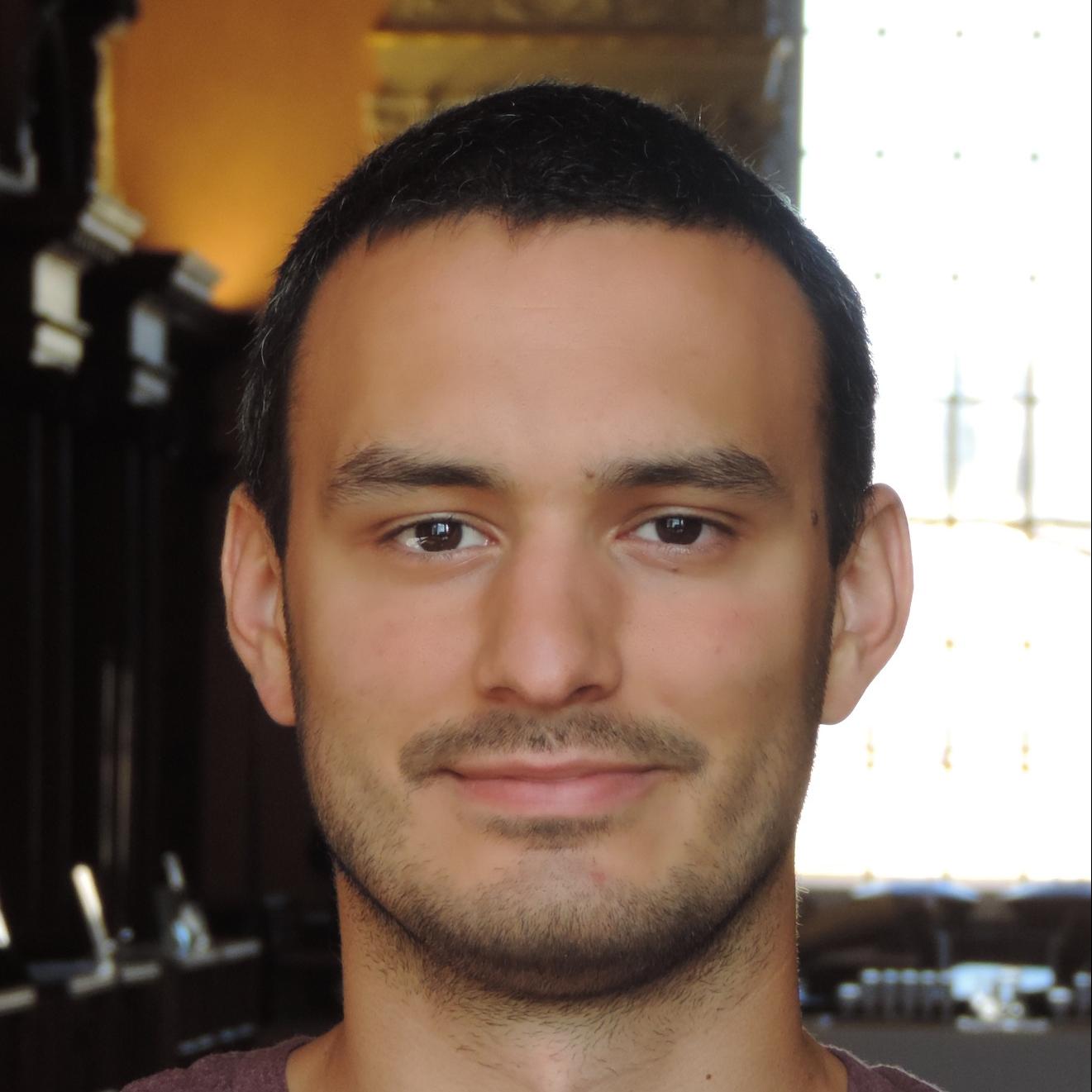
David Alonso studied Physics and received a PhD in Theoretical Physics at the Universidad Autonoma de Madrid. He then worked as a postdoctoral researcher in Theoretical Cosmology at the University of Oxford, and as Tutor of Astrophysics at Christ Church, before moving to Cardiff University with an STFC Ernest Rutherford Fellowship. He then returned to Oxford as Associate Professor and Tutorial Fellow at St Peter's in 2019.
David does research in cosmology, and is mostly interested in extracting information about fundamental physics from large astronomical datasets on different wavelengths. In this sense, the two most interesting regimes in the evolution of the Universe are the mysterious accelerated expansion at late times, fueled by an unknown form of "Dark Energy", and the violent expansion of the Universe shortly after the Big Bang, since it provides a unique window into physical process at very high energies. David is heavily involved in two international collaborations trying to study these two epochs.
On the one hand, the Large Synoptic Survey Telescope will tackle the problem of Dark Energy by jointly studying the large-scale distribution of galaxies and the correlation in their shapes caused by the gravitational lensing effect. On the other hand, David is a member of the Simons Observatory, an experiment that aims to observe the subtle imprint left by the gravitational waves emitted after the Big Bang on the polarization of its afterglow light (the so-called Cosmic Microwave Background).
Talk Title and Abstract:
Cosmology from tomographic large-scale structure data
The latest results from the Dark Energy Survey and the Kilo-Degree Survey have highlighted the relevance of direct observation of the Universe's properties at late times from photometric redshift surveys, as a way to understand potential deviations from the standard cosmological model determined by observations of the CMB. In combination with other projected tracers of the large-scale structure, photometric surveys allow us to probe vast swathes of the Universe and reconstruct its properties as a function of time. In this talk I will present specific examples of the opportunities and challenges presented by projected large-scale structure probes, as well as a few techniques to overcome the latter. For the impatient audience, the discussion will be based on these papers: 1, 2, 3, 4, 5, 6.
Would you like to join this Zoom seminar? Please email Donna Hayes.
Host